Disclosure: This article contains affiliate links. We may earn a commission from purchases at no extra cost to you, which helps our travel content.
Standing in the bustling Crawford Market in Mumbai last winter, watching artisans delicately arrange their handcrafted ceramics alongside modern conveniences, I was struck by India's magnificent contradictions. The same sensation washed over me months earlier while navigating Delhi's labyrinthine streets with my three children, where centuries-old monuments stand defiantly against a rapidly modernizing skyline. For first-time visitors to India, the eternal question remains: Mumbai or Delhi? As someone who's traversed both megacities multiple times with family in tow, I'll help you craft the perfect introduction to the subcontinent's urban kaleidoscope.
Cultural Landscape: Heritage vs. Commercial Dynamism
Delhi unfolds like an artisan's tapestry—layers upon layers of history woven together across millennia. The city serves as India's political heartbeat, where Mughal-era monuments like the Red Fort and Humayun's Tomb stand in dignified conversation with colonial architecture and sleek government buildings. My children were mesmerized by the living history lesson at Qutub Minar, touching stones carved nearly a millennium ago.
Mumbai, conversely, pulses with commercial energy—India's workshop of dreams. The colonial-era architecture around Colaba and Fort districts speaks to its mercantile past, while Bollywood's glittering presence infuses the city with creative electricity. When evaluating these megacities as investment opportunities for your precious travel time, consider Delhi if you're drawn to historical immersion and Mumbai if you're seeking India's contemporary pulse.
For either city, I recommend carrying a portable air purifier during winter visits. The air quality can be challenging, particularly in Delhi, and this small investment significantly improved our family's comfort during extended city explorations.
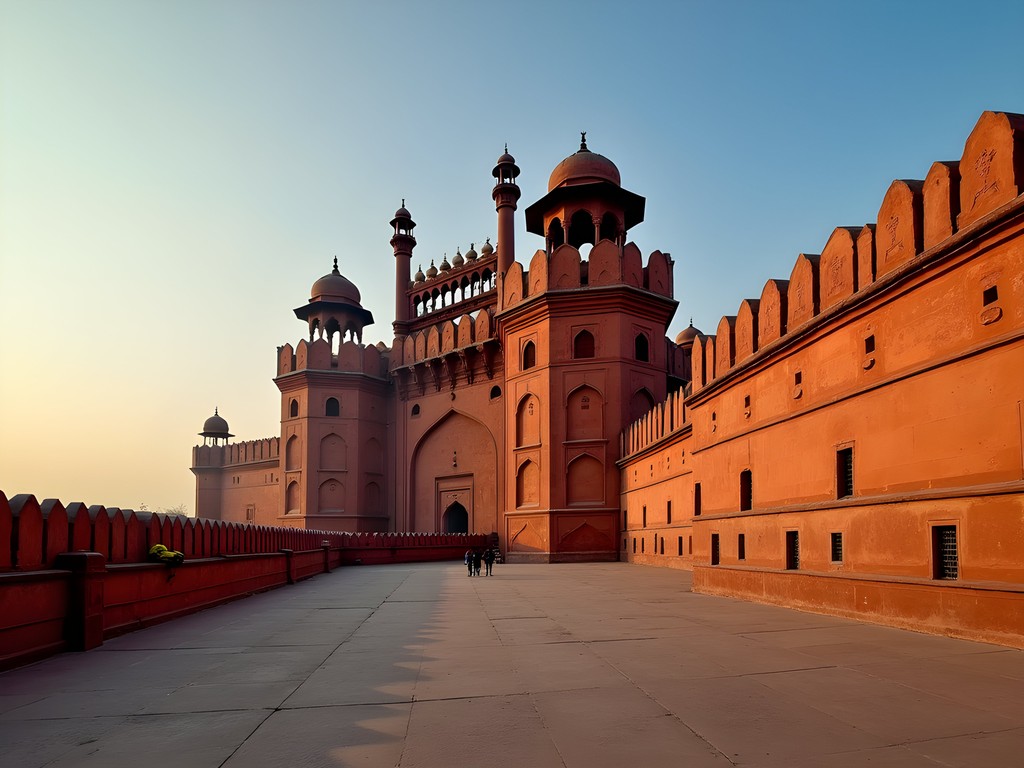
💡 Pro Tips
- Visit Delhi's monuments early morning (8-9am) to avoid crowds and harsh midday sun
- In Mumbai, explore the colonial architecture in the morning and save indoor activities for afternoon when temperatures rise
- Both cities deserve at least 3-4 days for proper exploration
Transportation: Vintage Railways vs. Modern Metro
Transportation infrastructure reveals much about a city's character and evolution. Delhi boasts one of Asia's most efficient metro systems—a marvel of modern engineering that my family relies on for effortless city navigation. The air-conditioned carriages provide welcome respite from Delhi's intensity, with dedicated women's compartments that my daughters and I appreciate during crowded commutes.
Mumbai's transportation story centers on its colonial-era railways—a system I find endlessly fascinating as someone drawn to vintage transportation. The UNESCO-listed Chhatrapati Shivaji Terminus embodies Victorian Gothic splendor, while the city's suburban rail network functions as Mumbai's pulsing arteries, moving millions daily with orchestrated chaos that somehow works. For families, I find Delhi's transportation infrastructure more navigable, though Mumbai's iconic black-and-yellow taxis offer charm that my children still talk about.
When navigating either city, I never travel without my anti-theft crossbody bag, which keeps essentials secure while allowing hands-free photography and child-wrangling in crowded stations and markets.

💡 Pro Tips
- Purchase a Delhi Metro smart card for your entire stay—it's more economical than single tickets
- In Mumbai, avoid suburban trains during rush hours (8:30-10:30am and 5:30-8:00pm)
- Use ride-hailing apps rather than negotiating with taxis in both cities
Culinary Experiences: Street Food Havens
Both megacities offer extraordinary culinary journeys, though with distinctive flavor profiles that reflect their regional influences. Delhi's food scene celebrates North Indian traditions—robust Mughlai curries, tandoor-cooked breads, and chaat (savory snacks) that my children now request weekly at home. The labyrinthine lanes of Old Delhi's Chandni Chowk represent one of the world's great food pilgrimages, where centuries-old establishments serve recipes unchanged for generations.
Mumbai's coastal position infuses its cuisine with coconut, seafood, and Konkani influences alongside a street food culture that rivals any global city. The iconic vada pav (potato fritter sandwich) exemplifies Mumbai's working-class culinary ingenuity—simple yet transcendent. For families with varying spice tolerances, I've found Mumbai's cuisine generally milder and more accessible for Western palates.
For culinary explorations in either city, I pack a portable water purifier bottle that allows us to safely refill throughout the day while reducing plastic waste. This practical investment has transformed how we experience street food adventures—we can confidently sample everything without worrying about drinking water sources.
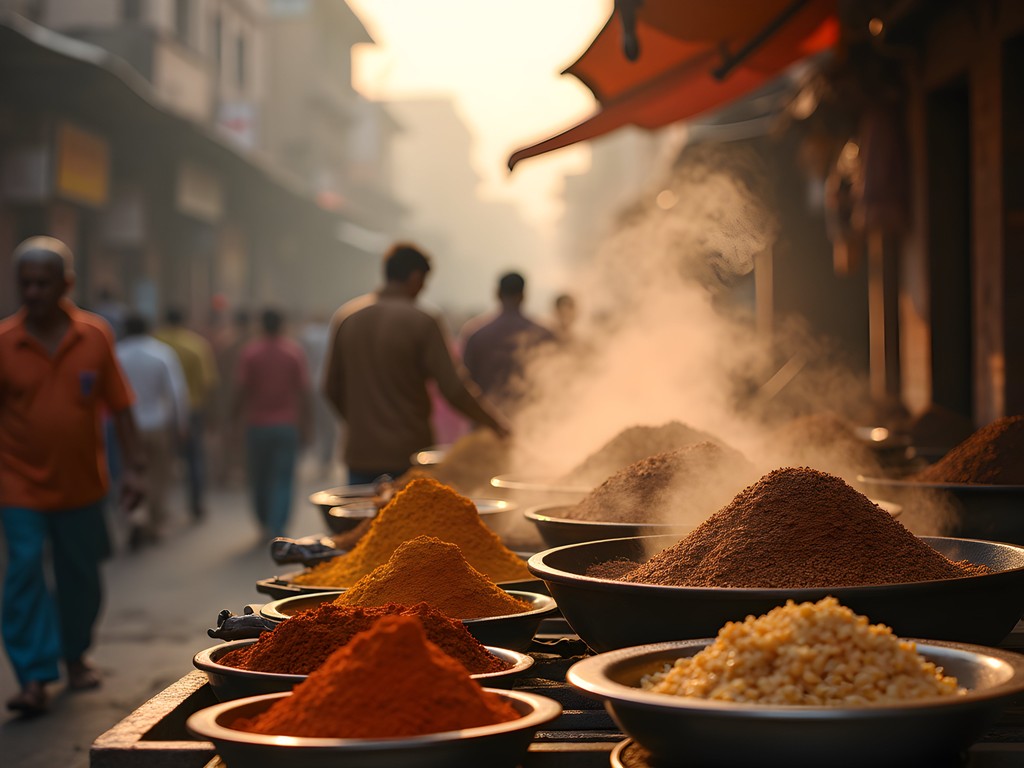
💡 Pro Tips
- Schedule a food walking tour for your first full day to orient yourself to local specialties and safe eating practices
- In Delhi, don't miss Karim's near Jama Masjid for authentic Mughlai cuisine dating back to 1913
- Mumbai's Chowpatty Beach offers the perfect introduction to street food in a scenic setting
Artisanal Treasures: Markets and Craftsmanship
As someone who has built a career supporting artisanal businesses, India's handcraft traditions represent one of its most profound cultural expressions. Delhi offers structured market experiences where government emporiums like Central Cottage Industries Emporium provide quality assurance for textiles, ceramics, and handicrafts from across the subcontinent. The city's Dilli Haat crafts village creates a curated marketplace where artisans from different states showcase regional specialties—an educational experience my children treasure from our visits.
Mumbai's markets pulse with commercial energy that reflects its trading history. Crawford Market's colonial-era building houses a fascinating mix of everyday necessities alongside artisanal goods, while Chor Bazaar (Thieves' Market) offers vintage treasures that would command premium prices in Western design studios. For ceramic enthusiasts, Mumbai's contemporary pottery studios in Dharavi and Kumbharwada offer glimpses into how traditional craft adapts to urban constraints.
When shopping in either city's crowded markets, I rely on my foldable tote bags that pack flat in my daypack but expand to hold substantial treasures. These durable bags have transported everything from Delhi's paper-mache ornaments to Mumbai's block-printed textiles without adding significant weight to our luggage.
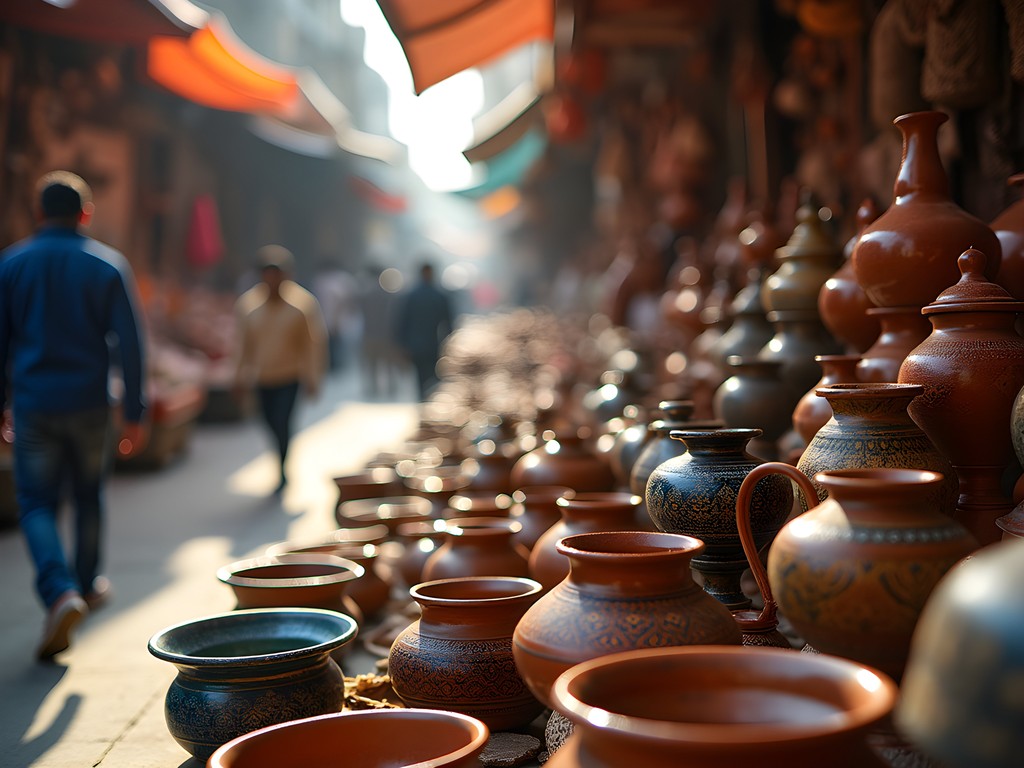
💡 Pro Tips
- Negotiate respectfully in local markets—start at 50-60% of the initial asking price
- Visit government emporiums for fixed prices and quality certification if you're concerned about authenticity
- Ship larger purchases home directly from established shops to avoid luggage constraints
Family-Friendly Experiences: Educational Value
Traveling with children transforms how we experience destinations, focusing our attention on educational opportunities that engage young minds. Delhi excels in this regard with world-class museums like the National Museum and National Rail Museum (a particular favorite for my train-obsessed youngest). The city's historical timeline—from ancient settlements to Mughal glory to British colonialism to independent India—creates living history lessons that textbooks simply cannot match.
Mumbai offers different but equally valuable learning experiences centered on commerce, film, and social dynamics. The city's dramatic inequality presents teaching moments about economic development that I've found invaluable for my children's understanding of global systems. Dharavi tours (conducted respectfully by community-based organizations) showcase entrepreneurial innovation within constraints, while the Bollywood industry provides insights into cultural storytelling and creative economics.
For documenting these educational experiences, I've found the instant print camera creates meaningful souvenirs that my children treasure. Having physical photographs to paste into travel journals alongside their observations helps cement the learning experiences far more effectively than digital photos alone.
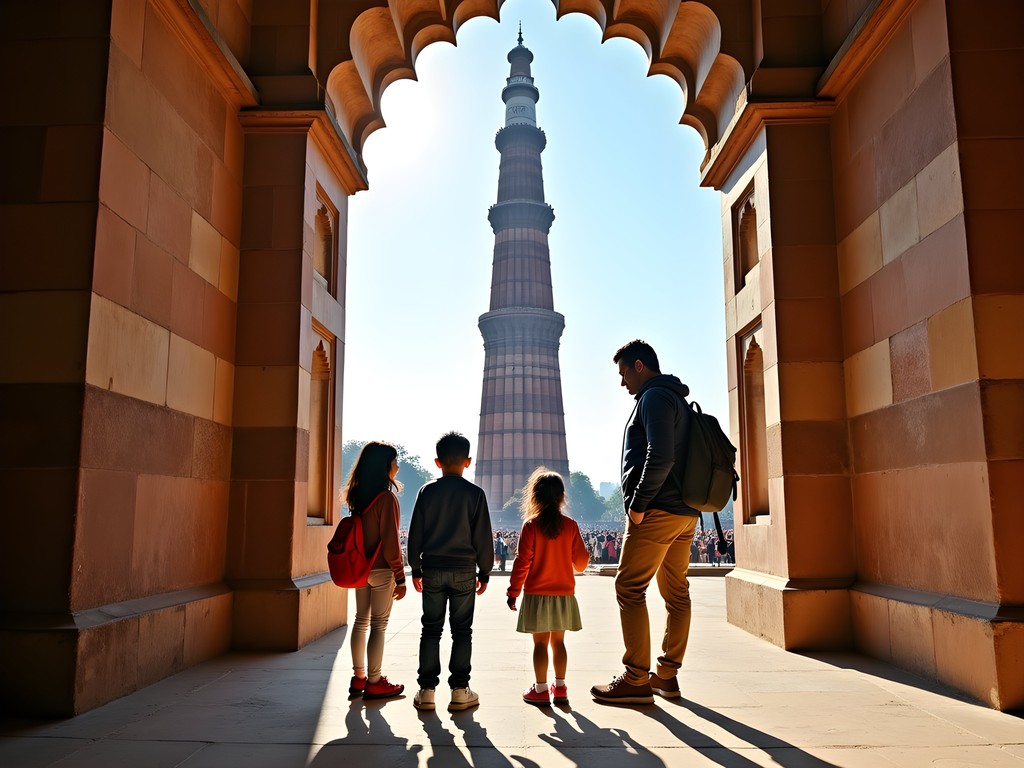
💡 Pro Tips
- Create simple scavenger hunts for children in both cities' museums to maintain engagement
- Schedule half-days rather than full-days of sightseeing with children, especially in winter when Delhi's fog can delay morning starts
- Balance historical sites with interactive experiences like cooking classes that engage multiple senses
Final Thoughts
After multiple visits to both megacities with my family, I've come to appreciate that the Mumbai versus Delhi question isn't about determining a superior destination—it's about matching your travel intentions with each city's distinct character. For first-time visitors to India seeking historical immersion and a more structured introduction to the subcontinent's complexities, Delhi provides an excellent foundation with its chronological layers and well-developed tourism infrastructure. Those drawn to contemporary India's commercial energy, creative industries, and coastal influences will find Mumbai offers an intoxicating gateway.
My recommendation? If possible, experience both cities in a single journey—perhaps beginning with Delhi's historical orientation before transitioning to Mumbai's forward momentum. This progression mirrors India's own trajectory and provides a more complete understanding than either city alone could offer. Whichever megacity you choose first, approach it with an artisan's patience—India reveals its treasures gradually to those willing to look beyond initial impressions. Like the finest handcrafted ceramics, the true value lies not in perfection but in the authentic human stories embedded within each magnificent imperfection.
✨ Key Takeaways
- Delhi excels for history enthusiasts and those seeking India's political and historical narrative
- Mumbai offers stronger insights into contemporary Indian commerce, film, and coastal culture
- Winter visits (November-February) provide the most comfortable climate for exploring both cities
- Both cities deserve at least 3-4 days each for meaningful exploration
- Consider starting with Delhi for structure, then progressing to Mumbai's controlled chaos
📋 Practical Information
Best Time to Visit
November through February (winter)
Budget Estimate
$75-150 per day per person for mid-range accommodations, meals, and activities
Recommended Duration
3-4 days minimum for each city
Difficulty Level
Moderate

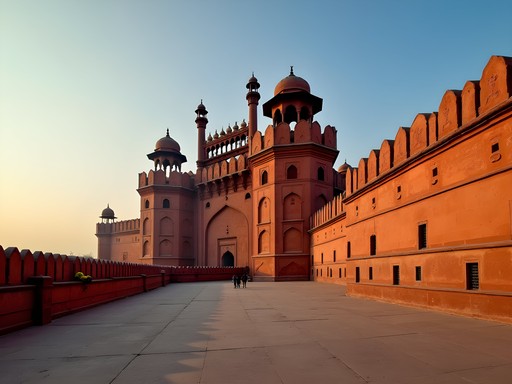






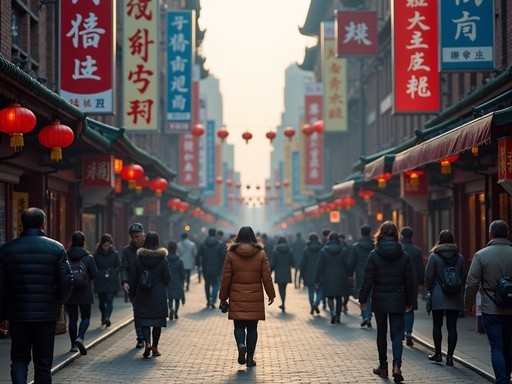
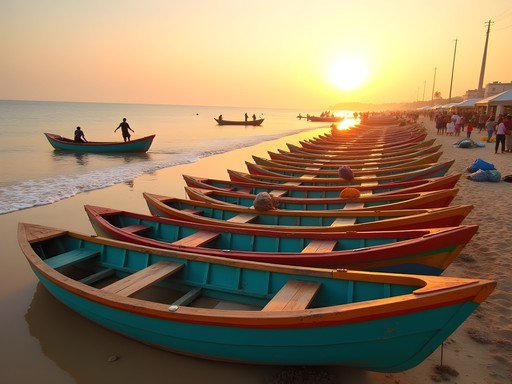
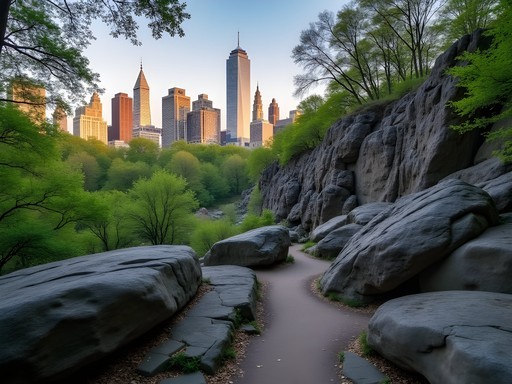
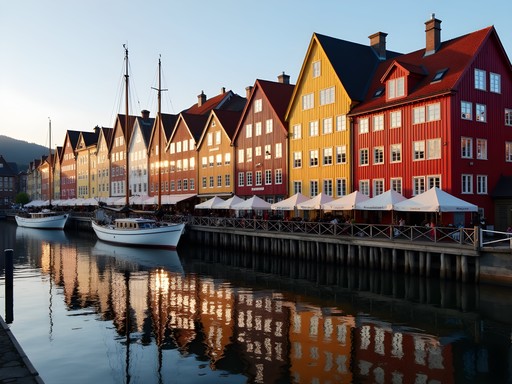




Comments
vacationblogger
I just got back from both cities last week and completely agree with everything in this post! Mumbai's energy is ELECTRIC but Delhi's historical sites blew me away. The food in both places was incredible - those butter chicken curries in Delhi... still dreaming about them!
cityseeker
Great comparison! I have 5 days in India next month - if you had to pick just one city, which would you recommend for a first-timer?
Claire Hawkins
Not the author but I'd say Delhi for a first-timer! The historical sites are more concentrated and it's easier to navigate as a tourist. Mumbai is amazing but can be overwhelming if you're not used to Indian megacities.
cityseeker
Thanks Claire! That's really helpful. Did you find Delhi's metro easy to use?
Claire Hawkins
Absolutely! Delhi's metro is super clean, efficient and has signs in English. Just avoid rush hour if possible!
blueadventurer
Having been to both multiple times, I think Mumbai gives you a better sense of contemporary India while Delhi connects you more to its past. The Crawford Market mentioned in the intro is magical - go early morning to see it come alive. One practical note: Delhi's air quality can be rough in winter, so bring masks if visiting then.
mountainmood
Just booked flights to Delhi!!! This post has me so pumped!! Can't wait to experience everything!!! 🇮🇳✈️
nomadbuddy
Anyone have recommendations for accommodations in either city that offer a good balance of authentic experience and comfort? Planning a 2-week trip.
Ahmed Palmer
In Mumbai, the Colaba area offers that perfect balance - try staying in one of the heritage buildings. For Delhi, I prefer Hauz Khas Village area - bohemian vibe with easy metro access to major sites.
escapeone
Did both cities last year. Mumbai's local trains were an adventure in themselves! Definitely more crowded than Delhi's metro but such a unique experience. The contrast between these cities is what makes India fascinating.
Ahmed Palmer
After two decades of traveling through India, I've found that Delhi and Mumbai represent two distinct entry points into understanding this complex country. Delhi connects you immediately with India's historical narrative through its Mughal architecture and colonial remnants. Mumbai, conversely, showcases India's future trajectory. The weather differences are significant too - Delhi's extreme seasons versus Mumbai's coastal humidity. For practical travelers, I'd recommend India travel guide which has excellent neighborhood maps for both cities. My advice? Visit Delhi first if traveling October-March, and Mumbai first if traveling during monsoon season when Delhi can be uncomfortably hot.
luckyace
OMG I'm heading to India next month and this couldn't be more perfect timing!!! So excited to try all the street food in both cities!! 😍😍😍
blueadventurer
Don't miss the pav bhaji in Mumbai! Best street food I've ever had. And in Delhi, the parathas in Chandni Chowk are life-changing.
Sarah Powell
Having visited both cities multiple times, I think Ingrid makes excellent points about the contrasts. Delhi offers incredible historical immersion with sites like Humayun's Tomb and Red Fort, while Mumbai's energy is unmatched. For first-timers, I'd suggest Delhi if you're history-focused, Mumbai if you want contemporary cultural dynamics. The Delhi metro is remarkably efficient compared to Mumbai's more chaotic but characterful transport options. One tip: in either city, spend your first day with a local guide to get oriented before venturing out independently.
nomadbuddy
Did you find Delhi or Mumbai easier to navigate as a solo traveler? Safety concerns in either place?
Sarah Powell
Delhi's metro makes it physically easier to navigate, but Mumbai felt more approachable culturally. As a solo female traveler, I took standard precautions in both - avoiding late nights alone and using trusted transportation. Delhi has more persistent touts at tourist sites, while Mumbai feels a bit more relaxed in that regard.
tripvibes
Great comparison! I've been debating which city to visit first on my India trip next year. Leaning toward Mumbai after reading this.
Venture X
Premium card with 2X miles, $300 travel credit, Priority Pass